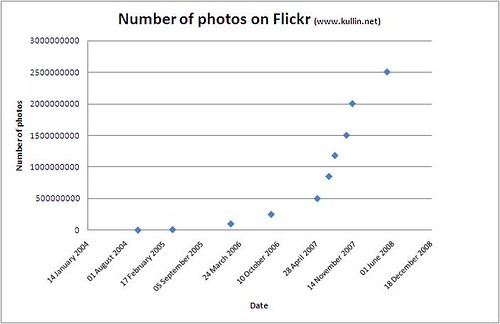In 2007, a man in Sweden was injured by a industrial robot used for lifting heavy stones. The accident occurred when the man thought that the power was cut off and went inside the security area. The man received head injuries and broken ribs. Now that the matter has been investigated by the Swedish Work Environment Authority and the police, the prosecutor has chosen not to prosecute but to issue a fine of 25 000 kronor.
The exciting thing is the language with which the media chose to present what happened. If the machine had been a drill or a washing machine or a tractor, which caused the damage media would have used a completely different language – if it even had made it into the media.
Since this is Swedish media they are all in Swedish but here are the sources for this post: Dagens Nyheter, Dagens Industri, Norran, Piteå Tidningen, Gefle Dagblad, Sveriges Radio, Ny Teknik & Metro.
But because it is a robot the mainstream media have all chosen to write about the killer robot that attacks with the intention of causing harm. Certain media have even insinuated that such attacks may be coordinated! In the media the machine is given a being, a consciousness and a soul. Which is then developed into a being with the evil intentions rather than a product of design and programming. Like a modern Frankenstein, it is we create beyond our control.
Although industrial robots have long been among us, we want to still see them as exotic. We like to mix them together with the robots that we see in films where they quite often develop thoughts, ideas and feelings in order to finally figure out that we are superfluous and dangerous to their existence. This justifies the use of pre-emtive self-defense. In the world of film we are usually saved by a violent, technology hostile man (almost a luddite, except with guns) who shows that scientists do not understand the meaning of what is being created (see, eg, I, Robot or Terminator Trilogy). It is a paradox that in a technological world the hero that saves us all is an opponent to technology.
Films and media, in these cases, play on dark fears barely hidden in our subconscious. These fears are that we live in a world that we do not control, and a suspicion that those who claim to have control do not really have any control either. In a way this approach to technology and science is similar to our primitive need for religion to explain what we do not know. The difference is that today everybody can find out how things really work. But it’s too much hard work to read and discover the truth – much more fun to attack the robots.



